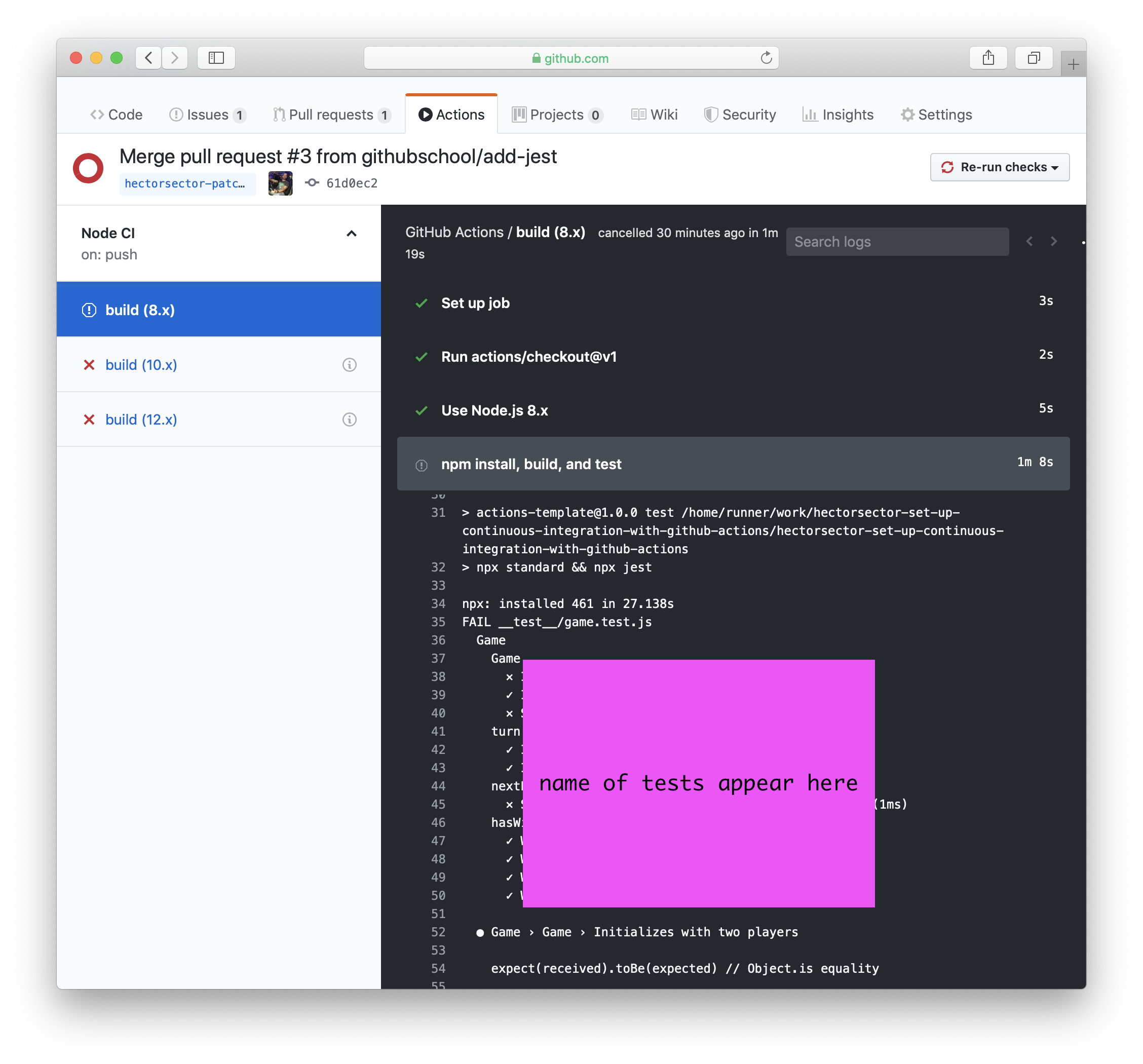The title of this pull request isn't what I expected!
To rename your pull request:
- Click on Edit next to the pull request's title.
- The title will turn to a text field, CI for Node in the title field.
- Click Save.
I'll respond when I detect this pull request has been renamed.


Initialize node.js workflow file